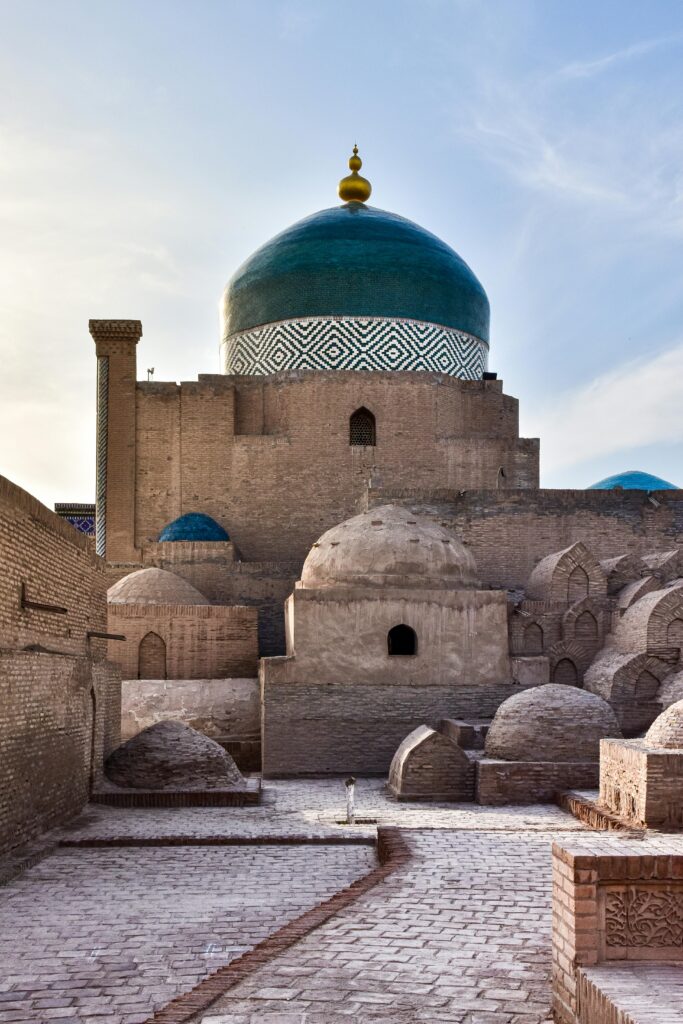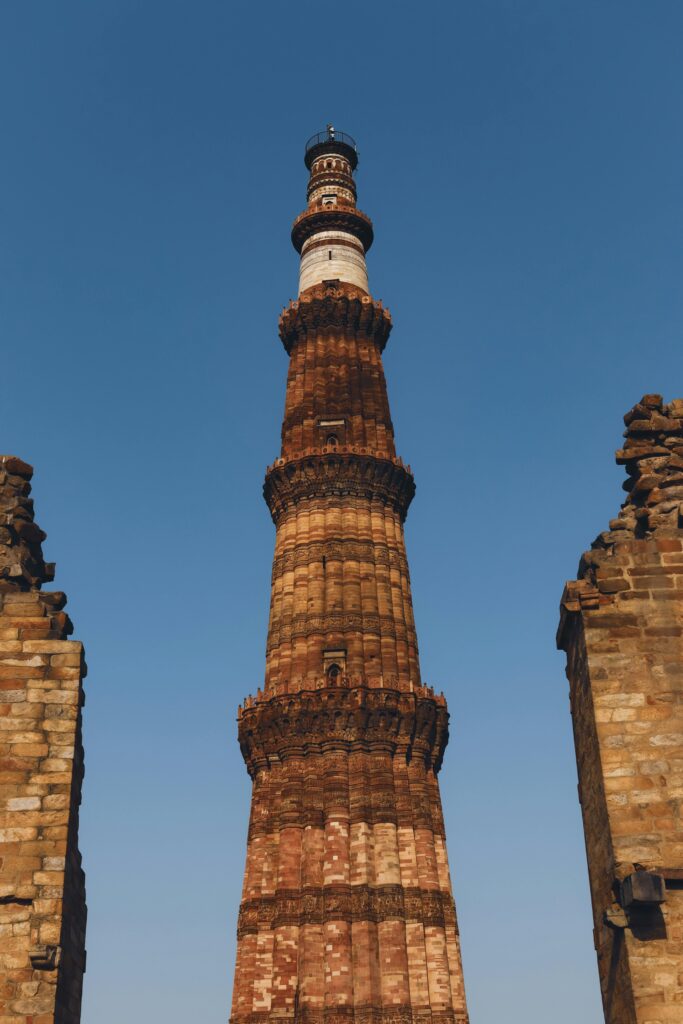A. Answer the Following Questions:
What were the reasons for Babur’s success in the First Battle of Panipat?
Ans: Babur defeated Ibrahim Lodi in the historic Battle of Panipat on April 21, 1526. Ibrahim Lodi was defeated and killed, and his army was routed. The key reasons for Babur’s victory were:
- Superior Military Strategy: Babur’s small but well-trained army of 12,000 men was highly disciplined, while Ibrahim Lodi’s large army was undisciplined and disorganized.
- Advanced Artillery: Babur introduced artillery and cannons in Indian warfare for the first time. Ibrahim Lodi’s army was unfamiliar with this technology, giving Babur a significant edge.
- Tactical Warfare: Babur implemented Central Asian cavalry tactics, including the Tulughma strategy, which proved highly effective against Ibrahim Lodi’s 80,000-strong army and 500 war elephants.
What were the challenges faced by Humayun when he became king?
Ans: When Humayun ascended the throne, he faced several challenges:
- Hostile Rivals: The Afghans and Rajputs remained hostile.
- Threat from Bahadur Shah: The ruler of Gujarat, Bahadur Shah, aimed to expand his empire.
- Threat from Sher Shah Suri: Sher Shah Suri, the Afghan ruler of Bihar, sought to overthrow the Mughal rule and seize Delhi.
- Internal Revolts: Humayun’s brother Kamran revolted, and uprisings erupted in Bundelkhand, Jaunpur, and Bihar.
- Military Engagements: Humayun defeated Bahadur Shah of Gujarat at Mandasore.
Who was Sher Shah Suri? Why was he given the title “Sher”?
Ans: Sher Shah Suri was the Afghan ruler of Bihar who aspired to overthrow the Mughal Empire and capture Delhi.
- Farid Khan, son of Jagirdar Hasan Khan of Sasaram, Bihar, efficiently managed his father’s estate.
- Due to conflicts with his stepmother, he sought employment under the ruler of Bihar.
- He earned the title “Sher” (meaning lion) after he single-handedly killed a tiger.
- Later, he became the regent of Bihar before ultimately establishing the Suri dynasty.
What were the key features of Sher Shah Suri’s administration?
Ans: Sher Shah Suri is regarded as one of India’s greatest administrators. His reforms laid the foundation for Mughal administration.
- Efficient Governance: He divided his empire into Sarkars, further divided into Parganas.
- Administrative Officers:
- Shiqdar-i-Shiqdaran: Managed finance, law, order, and military affairs.
- Munsif-i-Munsifan: Collected revenue and taxes.
- Qazi: Served as the chief judge.
- Espionage System: To stay informed, Sher Shah Suri established an efficient intelligence network.
What was Sher Shah Suri’s religious policy?
Ans: Sher Shah Suri followed a policy of religious tolerance.
- Inclusivity: He appointed Hindus to high administrative positions.
- Key Hindu Officials:
- Raja Todar Mal was his revenue minister.
- Brahma Jeet Gaur was his Hindu general.
B. Fill in the Blanks:
- Babur traced his ancestry to the two great warrior tribes of Timur and Genghis Khan.
- Babur defeated Ibrahim Shah Lodi in the Battle of Panipat on April 21, 1526.
- Humayun was defeated by Sher Shah Suri.
- Humayun recaptured Delhi and Agra after a gap of 15 years.
You can have a look on The French Revolution
You can also read the Study Guide on The Gupta Empire
C. Tick the Correct Answer:
- who was the founder of the Mughal empire in India? Akbar, Humayun and Babar.
- Babur was a great scholar. what was the name of his autobiography? Mubiyan, baburnama and far Ghana.
- name the battle in which Humayun got defeated by Sher Shah Suri: Battle of Kannauj, Battle of Kalinjar and Battle of chausa
- the Mughal period is also described as: the mediaeval period, the early modern period and the modern period.
- Babur had his capital in India at: Delhi, Kolkata and Agra.
D. True or False:
- Babur is regarded as the founder of the Mughal Dynasty in India. True ✅
- Babur defeated the Rana of Mewar in the First Battle of Panipat. False ❌
- Humayun was a great road maker. False ❌
- Sher Shah Suri is often described as the forerunner of Akbar because of his administrative talents. True ✅
- Humayun was defeated by Sher Shah Suri at Chausa and again at Kannauj. True ✅
E. Match the Following:
| A | B |
| Sher Shah Suri | Grand Trunk Road ✅ |
| Babur | Could read Turkish and Persian ✅ |
| Humayun | Was forced to wander through Rajasthan and Sindh ✅ |
| Bishti | Saved Humayun from drowning ✅ |


